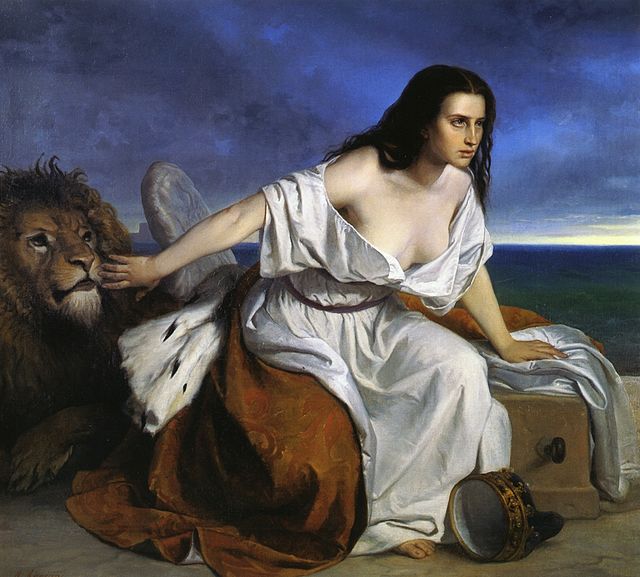Third Italian War of Independence
The Third Italian War of Independence was a war between the Kingdom of Italy and the Austrian Empire fought between June and August 1866. The conflict paralleled the Austro-Prussian War and resulted in Austria conceding the region of Venetia to France, which was later annexed by Italy after a plebiscite. Italy's acquisition of this wealthy and populous territory represented a major step in the Unification of Italy.
Austrian Uhlans charge Italian Bersaglieri during the Battle of Custoza. Painting by Juliusz Kossak
Allegory of Venice, represented by the lion, hoping to join Italy, represented by the woman
The naval Battle of Lissa, 20 July 1866
Battle of Bezzecca, 21 July 1866
The Kingdom of Italy was a state that existed from 17 March 1861, when Victor Emmanuel II of Sardinia was proclaimed King of Italy, until 12 June 1946, when the monarchy was abolished, following civil discontent that led to an institutional referendum on 2 June 1946, which resulted in a modern Italian Republic. The kingdom was established through the unification of several states over a decades-long process, called the Risorgimento. That process was influenced by the Savoy-led Kingdom of Sardinia, which can be considered Italy's legal predecessor state.
Notice of the proclamation of the Statuto Albertino in 1848 by King Charles Albert of Sardinia
The Iron Crown of Lombardy, for centuries a symbol of the kings of Italy
Victor Emmanuel II (r. 1861–1878)
Umberto I (r. 1878–1900)








